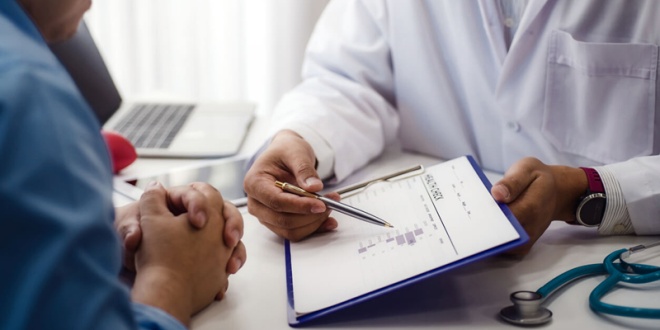The Power of Preventive Medicine: 5 Screenings You Shouldn't Skip
Are you prioritizing your health? Preventive screening tests allow doctors to detect diseases early when treatment is often more straightforward and effective.
In this blog post, we'll discuss the power of preventive medicine and five critical screenings you should attend. Keep reading to learn why these tests matter and how they could save your life.
5 Essential Preventive Screenings
Getting regular health screenings is one of the most important things you can do to take control of your health, even when you feel fine. Catching diseases early on can make a world of difference. Let's explore five must-have preventive screenings and why they are so vital.
1. Annual Wellness Visit
The annual well visit creates space for your provider to fully assess current health status through questions, metrics tracking, and tailoring a screening plan based on personal risk factors.
Over time, trends can signal developing issues. This preventive appointment is the gateway to lifesaving early detection of hidden illness.
Adults should get yearly wellness visits from ages 20 to 39, depending on individual/family medical history. The goal is to have a physician baseline to monitor over decades.
When emerging problems are caught early, treatment interventions can positively impact the entire health trajectory.

2. Blood Pressure Screening
Blood pressure screening detects the silent killer known as hypertension. When left uncontrolled for years, spiking pressure incrementally damages blood vessels, raising the risk of stroke, heart attack, kidney failure, etc, dramatically.
Adults should get their blood pressure measured at least annually. Readings categorize current status (normal, elevated, stage 1 or 2 hypertension) and guide treatment if warranted to reduce long-term complications.
Ongoing tracking then depicts if lifestyle adjustments or medication is adequately controlling levels.
3. Diabetes Screening
Diabetes screening allows early diagnosis of prediabetes before progression to full-blown irreversible diabetes with life-altering symptoms. The gradual onset often goes unnoticed for years, while high blood sugar causes vascular harm throughout the body. Getting ahead of this disease is critical.
Adults should start getting blood sugar tested every one to three years, beginning at age 40, depending on risk status.
Catching prediabetes signals the pivotal window where lifestyle intervention can still prevent progression to diabetes for life. Annual screening continues upon diagnosis.
4. Breast Cancer Screening
Breast cancer screening aims to detect tumours at the earliest stages when they are small and most treatable. Catching breast cancer early directly improves 5-year survival rates from around 20% for the late stage to over 90% for the early stage.
Women should start getting annual mammograms at age 40 if they have average risk. Higher-risk individuals may start sooner based on factors like family history. The preventative goal is diagnosing tumours under 2 cm before lump formation or other symptoms arise. Following positive results, additional testing determines treatment paths.
Self-breast exams are another form of early detection. Women should conduct self-exams at least monthly feeling for any new lumps, skin changes or nipple discharge that could prompt further investigation. Teaching correct exam techniques improves the ability to notice subtle abnormalities.

5. Colorectal Cancer Screening
Screening for colorectal cancer aims to identify precancerous polyps and early-stage cancers when survival rates are over 90%. This type of cancer progresses slowly, so early detection before metastasis can make treatment very effective. Late-stage diagnosis drops 5-year survival below 15%.
Adults at average risk should start colorectal screening at age 45, getting an annual faecal immunochemical test (FIT), FIT-DNA test, or colonoscopy every ten years.
Testing looks for blood and DNA markers signalling potential tumours. Positive results mean proceeding to visual examination and removal of polyps via colonoscopy procedure.
Higher-risk individuals may start screening sooner and require more frequent testing based on factors like a family history of colorectal cancer or inflammatory bowel disease. Preventing or eliminating precancerous polyps stops the progression to life-threatening cancer down the road.
Conclusion
This overview demonstrates the power of preventive medicine to save lives with early detection.
Scheduling regular wellness visits, knowing disease risk factors, getting recommended screening tests, and conducting self-breast exams are all critical proactive steps to preserve health.
Catching issues asymptomatically through checkups and screening allows medicine to work its best magic!
Frequently Asked Questions
Q: At what age should I start getting preventive health screenings?
Ans: It's best to start having annual wellness visits, including health screenings, in your 20s or 30s. Your doctor will recommend the proper tests and frequencies based on gender, age, health history and risk factors. Annual screenings become especially important over age 40.
Q: Why do I need screenings if I feel healthy?
Ans: Many major diseases show no warning symptoms in the early stages when treatment is most effective. Screening can help you detect problems early on before you feel them, thereby improving the results. Think of them as an early detection system.